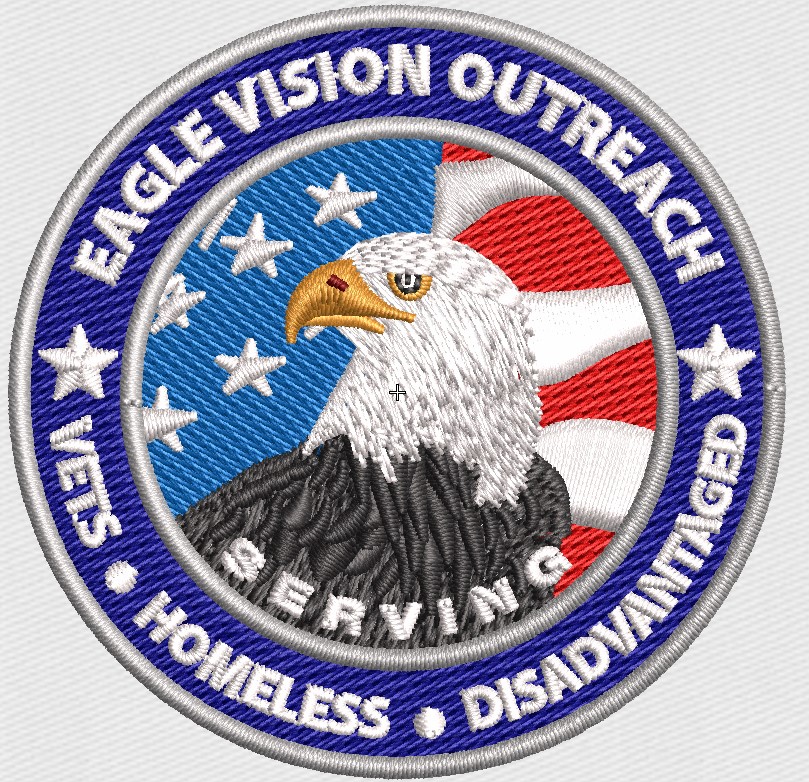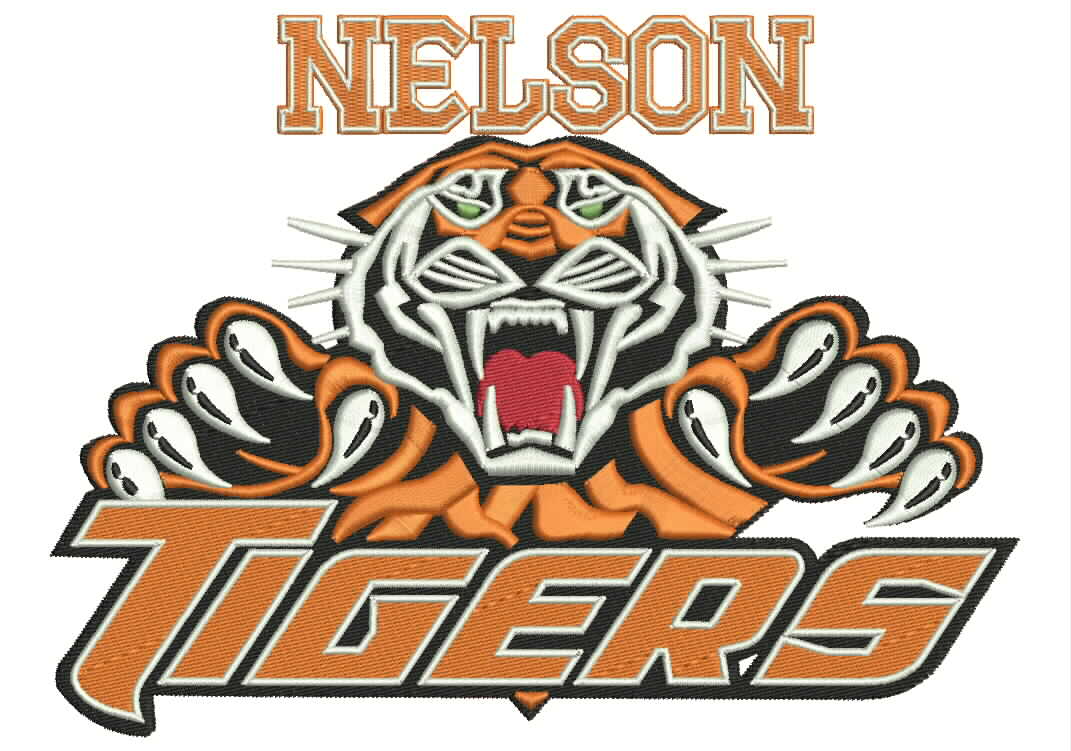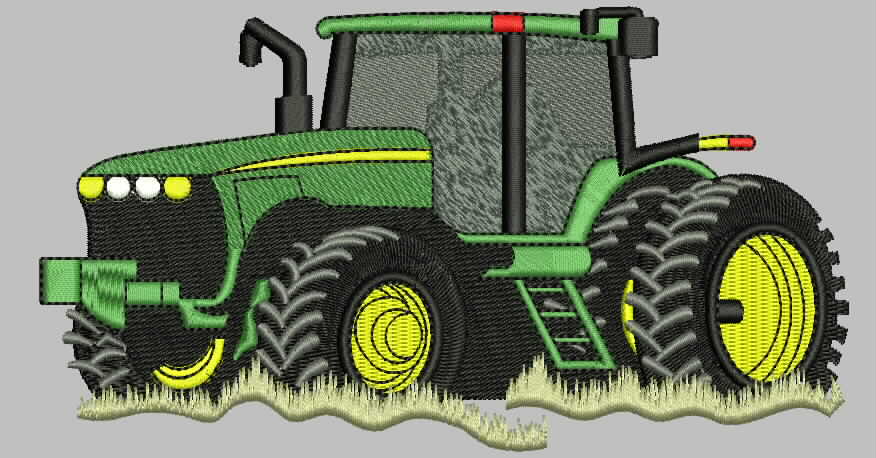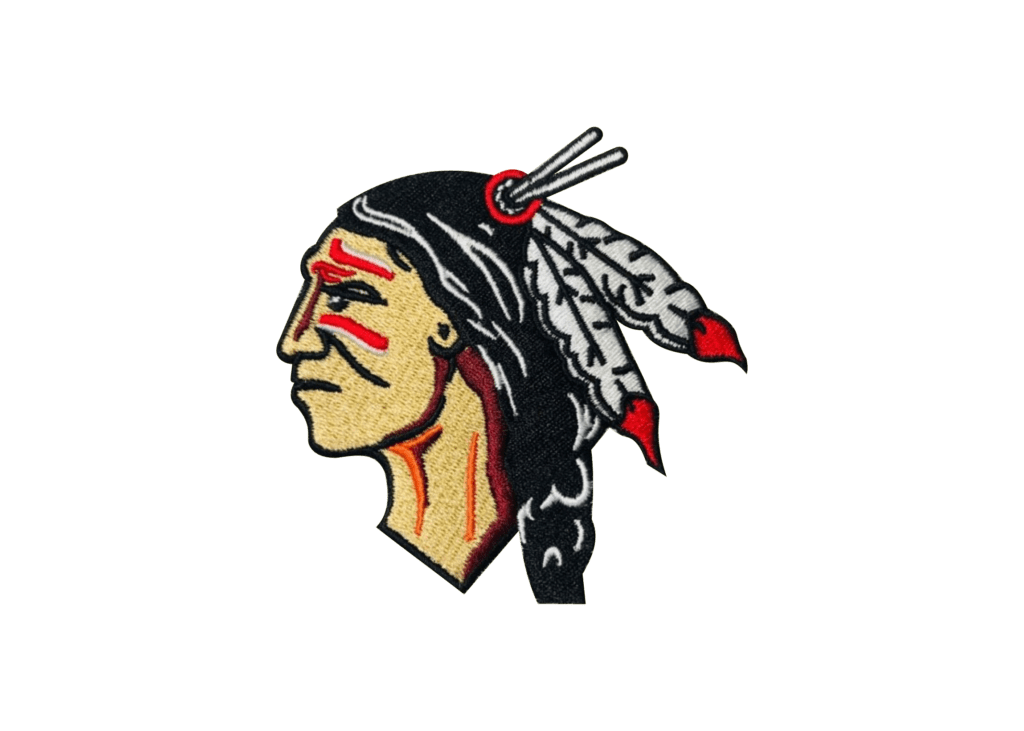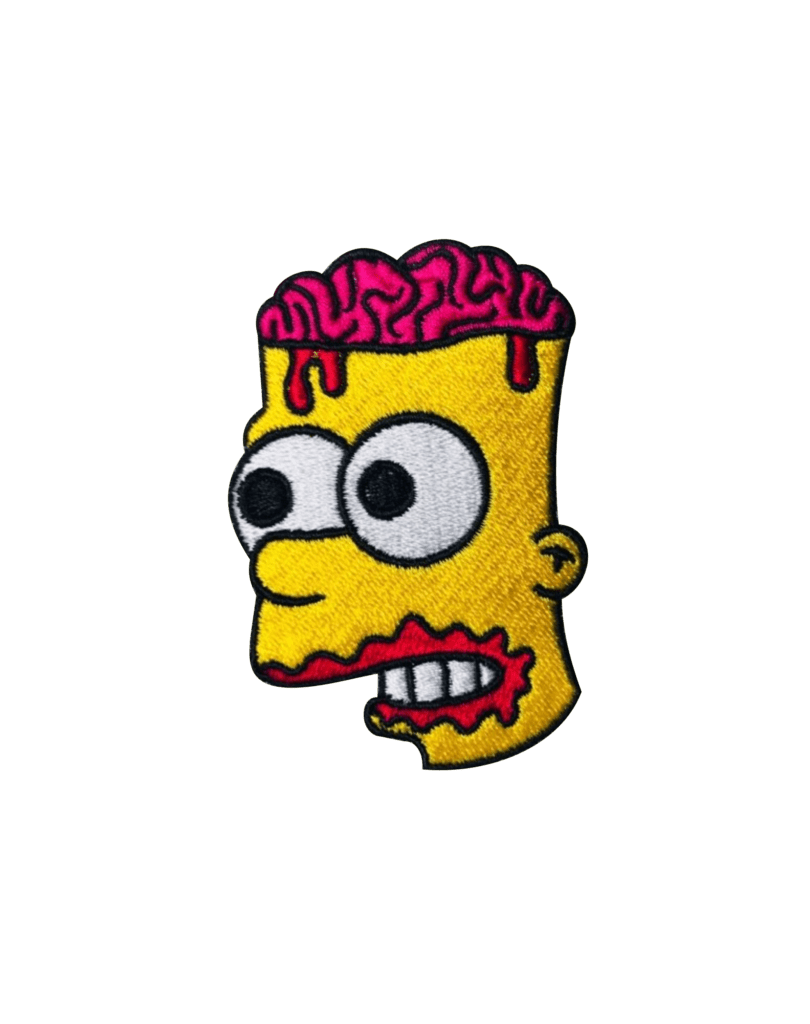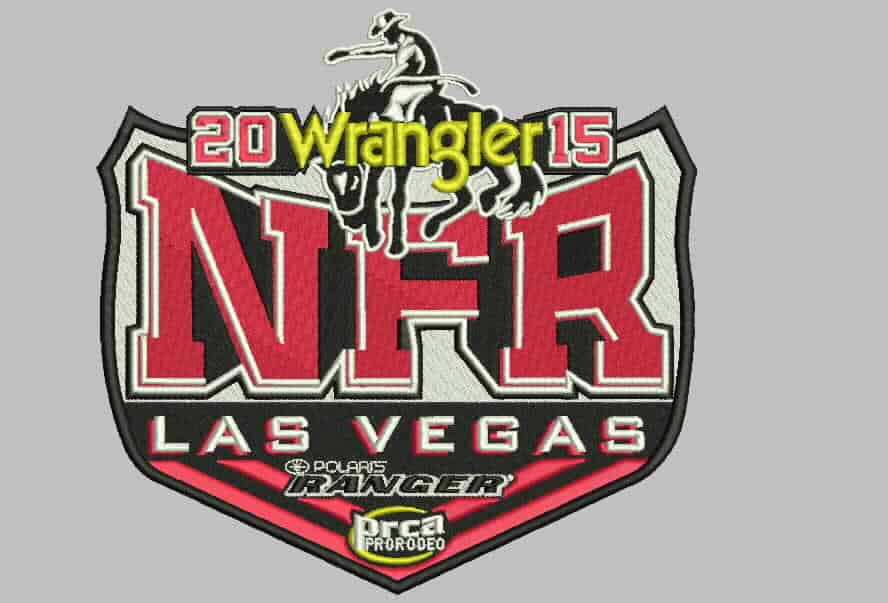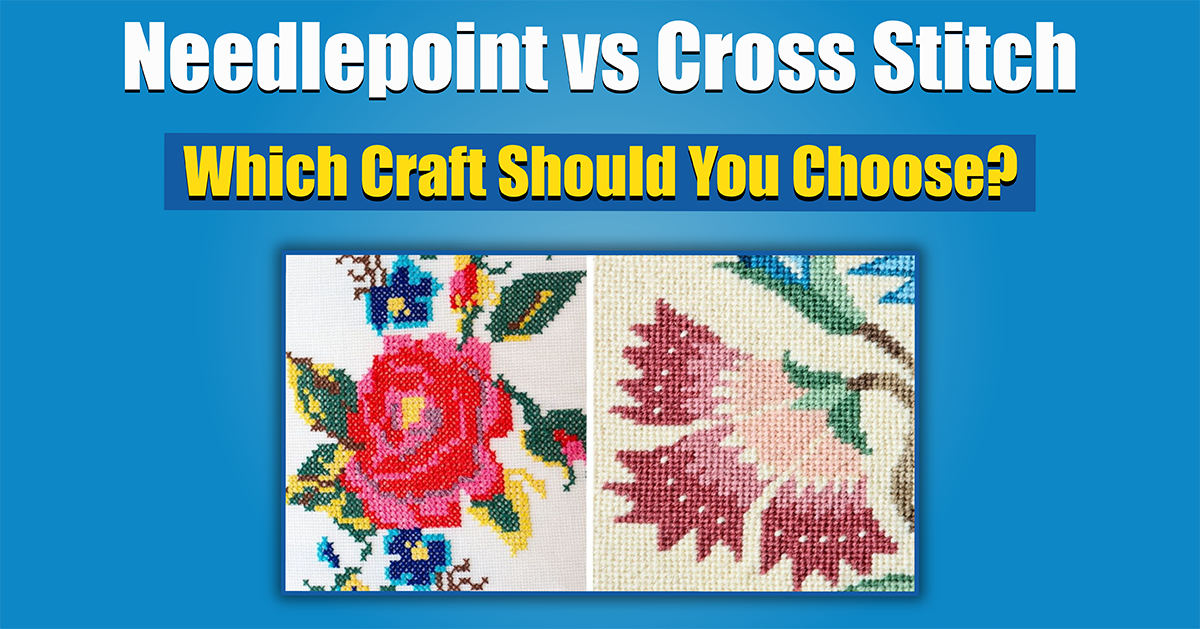
Needlepoint vs Cross Stitch: Understanding the Differences and Choosing the Right Craft for You
There’s a lot of confusion about needlepoint and cross stitch when it comes to needlecrafts. Even though they both use needles and thread, their techniques, materials, and finished products differ. To help you pick the right craft for your interests and skill level, we’ve put together this guide.
Needlepoint: What is it?
In needlepoint, yarn is stitched through a stiff, open-weave canvas. Needlepoint’s most common stitch is tent stitch, which covers the whole canvas. Decorative and functional items like pillows, rugs, and wall hangings can be made with needlepoint.
Needlepoint Characteristics:
The canvas is stiff and open-weaved.
It’s mostly tent stitch, but other decorative stitches can be used too.
It’s usually made of wool, cotton, or silk yarn.
Produces durable, long-lasting pieces.
Usually used for upholstery, handbags, and framed art.
Cross stitch: what is it?
With cross stitch, you make patterns with X-shaped stitches. Stitching on Aida cloth, which has a grid-like structure to help stitchers keep their accuracy, is different from needlepoint.
Cross stitch has these key characteristics:
Even-weave fabrics like Aida, linen, or cotton are best.
Creates designs using small X-shaped stitches.
Uses cotton embroidery floss, often in multiple strands.
Patterns can be intricate, colorful, and highly detailed.
Types of projects: Framed art, greeting cards, bookmarks, and decorative wall hangings.
Needlepoint vs Cross Stitch: A Detailed Comparison
| Feature | Needlepoint | Cross Stitch |
|---|---|---|
| Fabric Type | Stiff canvas | Aida cloth or linen |
| Stitch Type | Tent stitch, decorative stitches | X-shaped stitches |
| Thread Type | Wool, cotton, silk yarn | Cotton embroidery floss |
| Difficulty Level | Beginner-friendly | Requires more precision and counting |
| Durability | Sturdy, suitable for functional items | Best for framed or decorative pieces |
| Design Complexity | Often textured and bold | More intricate and detailed |
Aqua Digitizing: My Experience
I’ve personally digitized needlepoint and cross-stitch designs into high-quality embroidery files at Aqua Digitizing. To ensure the digital version maintains the intricacy of the original hand-stitched design, I pay extra attention to stitch placement. I can enhance depth and durability with needlepoint digitizing by combining different stitch types and textures.
Creating a digital embroidery file from a vintage cross-stitch floral pattern was one of my most rewarding projects. Maintaining the delicate shading and intricate details while making sure the stitches transition smoothly was the challenge. The stitch mapping was crucial to preserving the rich textures of needlepoint tapestries I’ve digitized.
If you’re looking for a way to turn your hand-stitched designs into embroidery files, check out Aqua Digitizing. It’s perfect for personal or commercial use because it preserves your artwork and replicates it with machine precision.
What’s the best craft for you?
Consider these factors if you’re new to embroidery or deciding between needlepoint and cross stitch:
The project’s purpose
Needlepoint is perfect for creating functional decor, like seat cushions or upholstery.
It’s better to do cross stitch if you want detailed, decorative art.
Level of skill
There are a lot of repetitive stitches in needlepoint, and the canvas holes are bigger, so beginners might find it easier.
It requires precise counting and smaller stitches, so intermediate to advanced crafters might enjoy it.
Commitment to time
Because the stitches are bigger and the threads are thicker, needlepoint projects can be done faster.
Intricate designs and smaller stitches make cross stitch take longer.
FAQs About Needlepoint and Cross Stitch
1. Can I use cross stitch patterns for needlepoint?
Yes, but adjustments may be needed. Needlepoint requires a different stitch technique and thread thickness compared to cross stitch. You might also need to modify the design for canvas compatibility.
2. Is needlepoint more expensive than cross stitch?
Generally, needlepoint can be more expensive because it uses heavier yarn and specialized canvas. Cross stitch, on the other hand, often uses affordable cotton floss and Aida fabric, making it a budget-friendly craft.
3. Which is better for beginners?
Needlepoint is often considered easier because of its repetitive stitch patterns and larger canvas holes. Cross stitch requires careful counting and finer detail, which can be a challenge for beginners.
4. Can I digitize cross stitch and needlepoint designs?
Absolutely! Many embroidery digitizing services, such as Aqua Digitizing, specialize in converting hand-stitched patterns into machine embroidery files, ensuring they maintain their original beauty.
5. Where can I find free patterns for cross stitch and needlepoint?
You can find a variety of free patterns at:
Final thoughts
Both needlepoint and cross stitch are rewarding crafts that let you create beautiful textile art. Compared to needlepoint, cross stitch is more artistic and offers intricate details. Understand their differences so you can pick the one that suits your interests, skill level, and project goals.
The key is to enjoy the creative process and express yourself through stitching! Have fun crafting!
 315-215-0681
315-215-0681
